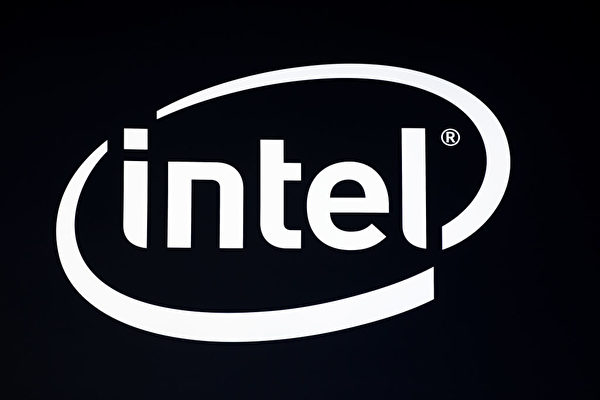On Thursday, August 1st, American chip maker Intel announced that it will be taking measures to cut costs and turn around its struggling manufacturing business, planning to lay off over 15% of its workforce and suspend dividends starting from the fourth quarter.
After Intel’s headquarters in Santa Clara, California made this announcement, the company’s stock plummeted by 20% in after-hours trading, resulting in a loss of over $24 billion in market value.
Following conservative forecasts from UK chip design company Arm Holdings on Wednesday, Intel’s stock closed down by 7% on Thursday, while chip stocks in the US also experienced a sharp decline.
Intel stated that the majority of the job cuts will be completed by the end of 2024, with a total of 124,800 employees as of the end of 2023.
CEO Pat Gelsinger mentioned in an interview, “I need fewer people in headquarters and more people on-site supporting customers.”
The company has also outlined plans to reduce operational expenses and aims to decrease capital expenditures by over $10 billion by 2025.
Wall Street’s focus is primarily on Intel’s large investments and costs as the company expands its capacity to compete with Taiwan’s TSMC.
Intel has lagged behind in the AI chip market, leading to a more than 40% drop in its stock price this year as investors have lowered their expectations for the company’s growth in this rapidly expanding market.
As part of its cost-cutting plan, Intel expects capital expenditures for 2024 to be between $25-27 billion and targeting a total capital expenditure of $20-23 billion for 2025.
Intel’s capital expenditures were $25.8 billion in 2023, $24.8 billion in 2022, and $18.7 billion when Gelsinger took over the company in 2021.
In February last year, the company established a plan to save $8-10 billion in costs annually by 2025.
Gelsinger stated, “Our goal is to resume dividends, distribute competitive dividends over time, but for now, the focus is on the balance sheet and deleveraging.”
“We believe that deleveraging and capital investment currently provide greater returns to shareholders than paying dividends,” he added.
In April this year, Intel announced a quarterly dividend of $0.125 per share.
Intel also predicts that due to efforts to address declining traditional data center chip spending and increased competition in the personal computer market, the company’s revenue for the third quarter will be lower than expected.
According to data from the London Stock Exchange Group, Intel anticipates revenue for this quarter to be between $12.5-13.5 billion, while analysts’ average expectation is $14.35 billion.

